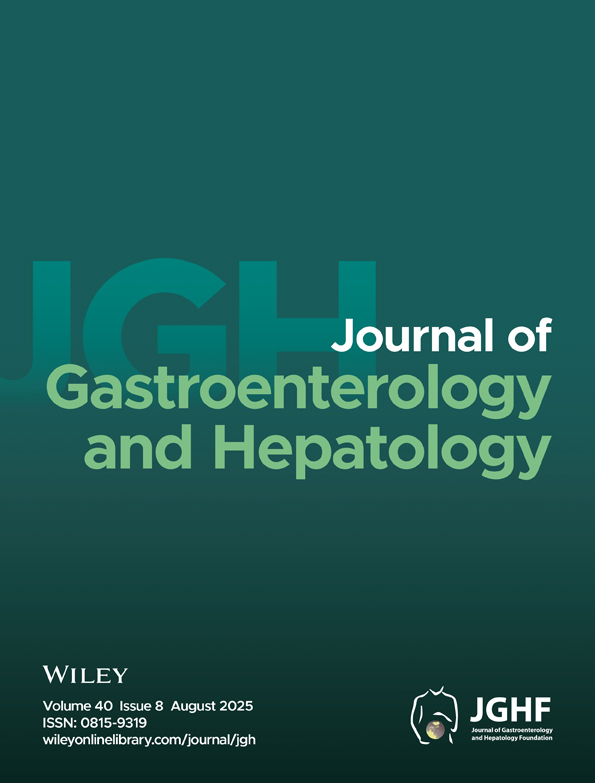Significance of hepatitis B virus DNA clearance and early prediction of hepatocellular carcinogenesis in patients with cirrhosis undergoing interferon therapy: Long-term follow up of a pilot study
Abstract
Background and Aim: Because the anti-carcinogenic effect and mechanism of interferon (IFN) in patients with hepatitis B virus (HBV)-related cirrhosis have not been elucidated, quantitative analysis of HBV-DNA concentration was carried out sequentially.
Method: Of 60 consecutive patients with cirrhosis who began IFN therapy between 1986 and 1990, 57 patients were completely observed for the appearance of hepatocellular carcinoma (HCC). All patients underwent intermittent administration of IFN for a median period of 18 months. HBV-DNA was quantified using transcription mediated amplification and hybridization protection assay. A HBV-DNA count <3.7 log-genome equivalent (LGE)/mL (equivalent to 103.7 or 5000 copies/mL) was considered to be a negative value.
Results: Of 25 patients who had HBV-DNA loss after IFN therapy, nine lost HBV-DNA during the therapy and 16 lost HBV-DNA after cessation of the therapy. The other nine patients showed a transient loss of HBV-DNA, and the remaining 23 retained persistently positive HBV-DNA during and after therapy. Although HCC developed in two (8.0%) of the 25 patients with HBV-DNA loss, carcinogenesis was found in 11 (34.4%) of 32 patients without HBV-DNA loss (Fisher's exact test, P = 0.026). In the two exceptional patients, HCC was detected at 1.2 and 3.6 years after loss of HBV-DNA, respectively. When the HBV-DNA concentration decreased by 2 LGE/mL (decrease to 1/100) at 6 months after initiation of interferon, HBV-DNA became negative eventually in 15 (60.0%) of 25 patients.
Conclusion: A significant decrease or loss of serum HBV-DNA prevents development of HCC, and sequential analysis of HBV-DNA could be very useful in both the prediction and the early detection of small HCC.




